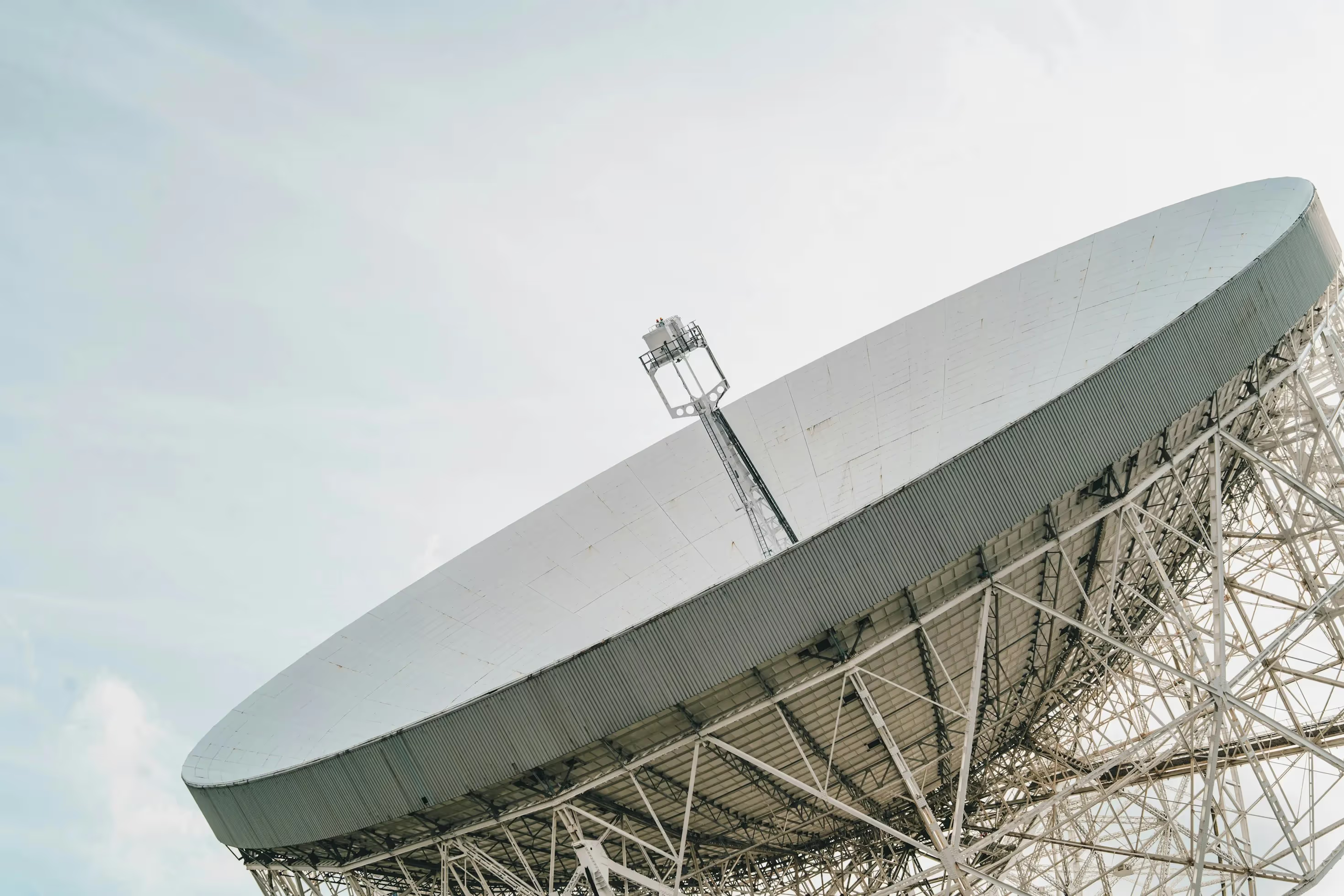Understanding How AI Detection Tools Work in Content Creation
With the rise of AI-generated content, detecting AI-written text has become a major concern for educators, content creators, and digital marketers. Tools like QuillBot’s AI Detector aim to help identify machine-generated outputs. But how accurate is QuillBot’s AI Detector, and should you rely on it for professional or academic decisions?
This blog breaks down how QuillBot’s AI Detector performs, what users can expect, and how it compares to other AI content detection tools.
What Is QuillBot’s AI Detector?
QuillBot is best known for its paraphrasing features, but it also offers AI detection. Its AI Detector is built to identify whether a piece of text was written by an AI or a human. The tool analyzes linguistic patterns, token probability, and sentence flow to make this determination.
You can paste your text into the tool and receive a score based on the percentage likelihood that your content was written by artificial intelligence.
Why You Might Use an AI Detector
Before diving into accuracy, it’s crucial to understand use cases. People use AI content detectors for a variety of reasons:
- Educators looking to prevent AI-generated work in academic submissions
- Writers ensuring originality in blog content
- SEO professionals evaluating content quality for search rankings
- Businesses checking for authenticity in client-facing materials
How Accurate Is QuillBot’s AI Detector Compared to Others?
Let’s talk about QuillBot’s accuracy. Based on independent tests and user feedback, QuillBot’s AI Detector performs reasonably well for general content detection. However, accuracy depends on several key factors:
- Text length: Shorter texts result in less reliable scores
- Rewritten or paraphrased content: QuillBot may struggle to detect texts that have been heavily edited
- Type of AI model: Some advanced language models like GPT-4 produce content that mimics human tone, making it harder to detect
Compared to leading AI detectors like Originality.ai and GPTZero, QuillBot offers moderate precision. For highly technical or longer content, competing tools may offer more consistent and detailed analysis.
Pros and Cons of Using QuillBot’s AI Detection Tool
Understanding the strengths and limitations of QuillBot’s AI Detector helps you decide when and how to use it.
Pros:
- Free and easy to use
- Compatible with other QuillBot tools like the paraphraser and grammar checker
- Fast content analysis
Cons:
- Lower accuracy for complex or mixed-source texts
- Limited explanation on why content was flagged
- Potential false positives from paraphrased or grammatically precise writing
Can You Trust the Results from QuillBot’s AI Checker?
While QuillBot provides a useful starting point, it's best to use multiple tools or expert judgment. If your content must meet high originality standards — such as academic work or SEO writing — a secondary AI checker can add another layer of confidence.
Keep in mind that no detector offers 100% accuracy. Machine learning systems often analyze stylistic factors, which both AI and advanced human writers may share.
How Does QuillBot Detect AI-Written Content?
You may be wondering exactly how the system works behind the scenes. Though QuillBot doesn't disclose the full algorithm, it usually evaluates:
- Token prediction likelihood: Whether word choices match predictable AI outputs
- Perplexity scores: The randomness of word combinations in human language
- Language rhythm: AI often produces flat or overly structured sentence flow
This kind of analysis helps the tool guess which passages are likely to come from an AI model. But remember, well-trained human writers using tools like Grammarly or QuillBot may end up with similar “AI-like” outputs.
Frequently Asked Questions About QuillBot AI Detection
Is QuillBot’s AI Detector reliable for academic assignments?
QuillBot can give you a quick scan, but for verified plagiarism or AI detection in academic settings, consider tools like Turnitin or GPTZero as well.
How does QuillBot compare to Originality.ai?
Originality.ai offers more nuanced data, especially for professional SEO and long-form content. It provides better accuracy and audit trails. QuillBot is simpler and better for quick checks.
Can QuillBot detect GPT-3, GPT-4, and other large language models?
It detects general patterns from GPT models, but accounts with more natural style may slip through unnoticed. Accuracy is improving as new algorithms develop.
What does it mean when QuillBot shows 50% AI detection?
This means the text has indicators of being AI-written but also has human-like elements. Use this result as a signal to review, not a final verdict.
Can AI detectors detect QuillBot-paraphrased text?
Not always. Paraphrased text can fool AI detectors if human input enhances fluency and originality. If text is only lightly altered, it may still get flagged.
Best Practices for Using AI Content Detection in Writing
If you rely on content detection to maintain originality or meet publishing standards, here are some tips:
- Use multiple AI detection tools to compare results
- Rewrite your content manually to reduce AI-like patterns
- Check after paraphrasing to ensure originality still holds
- Review flagged sections for tone, structure, and vocabulary variation
Remember, AI detection tools provide guidance — not judgments. Use them to build better writing habits and ensure your content meets your quality standards.
Final Thoughts: Should You Use QuillBot’s AI Detector?
Yes — but with context. QuillBot’s AI Detector is helpful for quick checks, especially if you're already using its suite of writing tools. While it may not offer the most advanced insights, it supports writers in staying aware of how their content might be perceived by educators, employers, or search engines.
Use it as part of a larger strategy. Combine it with deep content reviews, other tools, and your personal judgment. In today’s evolving landscape of AI and human creativity, staying informed is your biggest asset.















.svg)



